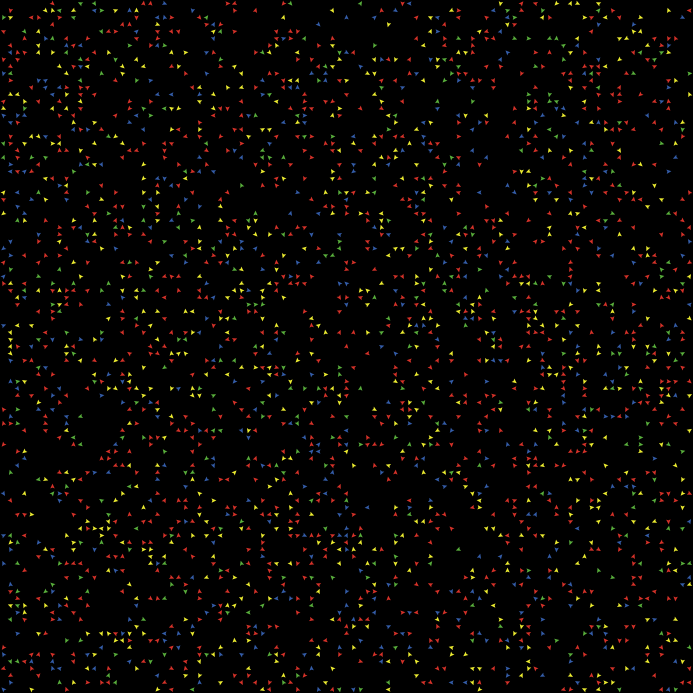My cousin and I both share the view that choosing friends or associations based on group attributes rather than individual attributes is a dangerous idea when aggregated. Rather than choosing to associate with others based on common interests, ideas, personality matches etc, there are many people that have a tendency to forge ties based on some stereotypical or socially constructed rule. The most obvious of these rules seems to be to gravitate around others of similar race or religion, though these aren’t the only ones (social class could be another, for example).
The problem is that this kind of behaviour tends to result in a polarised or segregated society. This is clearly harmful for socio-psychological reasons. For example, the famous Robber’s Cave Experiment by Sherif took a group of 11-12 year-old boys to a summer camp and separated them into two groups. When he gave them tasks that involved competing against another group, it caused inter-group conflict. This study was particularly interesting because the groups began to focus on differences in order to ‘beat’ the other group, but when cooperative tasks were introduced, this focus seemed to go away. If segregation creates a ‘them vs us’ type mood in society, it is likely to create hostility.
From a purely economic standpoint, perhaps it’s not so clear whether a country as a whole performs better or worse as a result of segregation. But a large body of empirical economic literature (such as a number of papers by Montalvo and Reynal-Querol) shows that ethnolinguistic fractionalisation and polarisation has strong negative effects on economic development. This happens through various channels. Investment is lowered, government spending increases, and the risk of civil conflict becomes much greater.
A pretty (yet ugly) demonstration
Now that it seems clear that segregation in this way is not a good thing, I wanted to show how dangerously easy it is to achieve with an adequate mindset. I like pretty pictures, so I use a (barely) modified version of Uri Wilensky’s 1997 NetLogo segregation model. We start off with 2500 people in our ‘town’, Blacksquareville. The 2500 people are randomly distributed within Blacksquareville, and they can be one of four groups – red, blue, green or yellow.
Each person can have up to 8 neighbours. They also have a happiness threshold. If I had a threshold of 50%, it would mean that I’d want at least half of my neighbours to be of the same colour. If this condition was not satisfied, I’d move around to a nearby area. I’d keep moving around until I found a place where at least half of my neighbours were the same colour as me. Once that happens, I’d consider myself ‘happy’ and stay put.
If each person was happy regardless of their neighbours’ colour, then people aren’t bothered about moving. The initial distribution (we are assuming a random one) stays as it is:

Now let’s suppose that people are at least a little biased so that some movement actually occurs. If our happiness threshold was at 15%, it would mean that we’d be happy if 1 of our 8 neighbours was the same colour as us. Here’s what would happen:

You can already see pockets forming, but it’s not so bad at the moment. People were happy after relatively little movement. Now let’s see what happens when we want at least 65% of our neighbours to be the same colour. That amounts to at least 6/8 in terms of the model, since 5/8 = 62.5% which would be too low to make us happy. This level might seem relatively innocuous to some. But this is what results:

There’s much more movement, and convergence takes longer, but it does happen eventually. If the people in Blacksquareville behaved in this way, it’s not difficult to imagine it being transformed from a relatively uniform and equal community to one with rich areas and slums, discrimination, arbitrary confrontation and paranoia. Whilst this is a relatively mechanical and simple demonstration, I hope you agree that it is also quite a powerful one.

